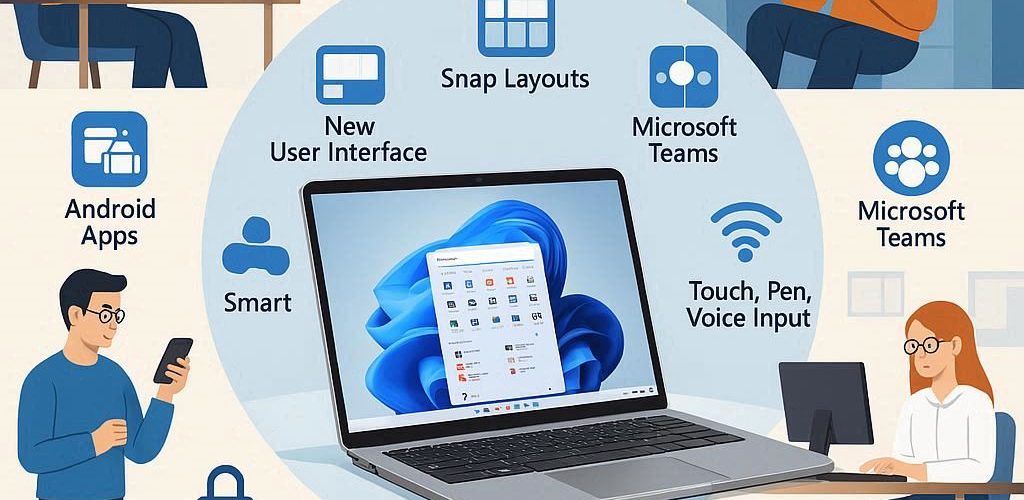In the dynamic world of 3D graphics and animation, Blender stands out as a powerhouse of creativity and functionality. Known for its impressive open-source capabilities, Blender has recently made significant strides by ensuring its compatibility with Windows 11 on Arm architecture. This development opens up a realm of possibilities for artists, animators, and developers using devices powered by Arm processors.
With the rise of handheld devices and lightweight laptops, Arm architecture has become increasingly popular due to its energy efficiency and performance characteristics. Windows 11 on Arm brings an optimized environment that leverages these benefits, paving the way for applications like Blender to run natively. This native support means that users on Arm devices won’t need to rely on emulation or workaround solutions, which can compromise performance and functionality.
The Advantages of Native Performance
The transition to a native version of Blender on Windows 11 for Arm users offers numerous advantages. One major benefit is the overall efficiency in performance. Native applications are designed to run seamlessly on the incorporated architecture, enabling faster loading times, smoother navigation, and more responsive interactions. As a result, artists can work fluidly, focusing on creativity rather than battling with software limitations.
Furthermore, by utilizing the capabilities of Windows 11 on Arm, Blender can tap into the unique features of its environment, such as enhanced power management and better utilization of the hardware resources specific to Arm processors. This optimization is critical for demanding tasks like rendering high-quality animations and processing complex 3D models, allowing users to achieve professional results without compromising on device performance.
Creative Freedom with Blender
Blender is renowned for its robust set of features, encompassing everything from modeling and sculpting to rendering and video editing. This wide array of tools allows users to tackle various projects, whether they’re creating game assets, architectural visualizations, or animated films. With native support on Windows 11 for Arm, Blender users can fully exploit these tools, enhancing their creative workflow.
The active community surrounding Blender also contributes to its appeal. With countless tutorials, forums, and resources available online, users can enhance their skills and discover new techniques. The integration with Windows 11 on Arm further helps nurture this community by making it accessible to a broader audience. As more users adopt Arm-based devices, the collaborative spirit will likely flourish, leading to an enriched ecosystem for 3D artistry.
Untapped Potential
While there are many advantages to using Blender on Arm architecture, the exciting part is the untapped potential this presents for future developments. As the technology continues to evolve, we can expect more features tailored specifically for Arm devices, improving efficiency and ease of use. The capabilities of Windows 11 on Arm could lead to innovations that redefine how 3D modeling and animation are approached, making it an exciting time for both seasoned artists and newcomers alike.
Conclusion
In conclusion, Blender’s native presence on Windows 11 for Arm users marks a significant milestone in the realm of 3D graphics. By providing enhanced performance, creative freedom, and accessibility, this development empowers artists to explore their craft with unprecedented ease. As technology advances, the creative possibilities with Blender will only continue to expand, further solidifying its place as an essential tool for modern creators. Whether you’re a hobbyist or a professional, now is the perfect time to harness the power of Blender on your Arm-based Windows 11 device.





Add comment